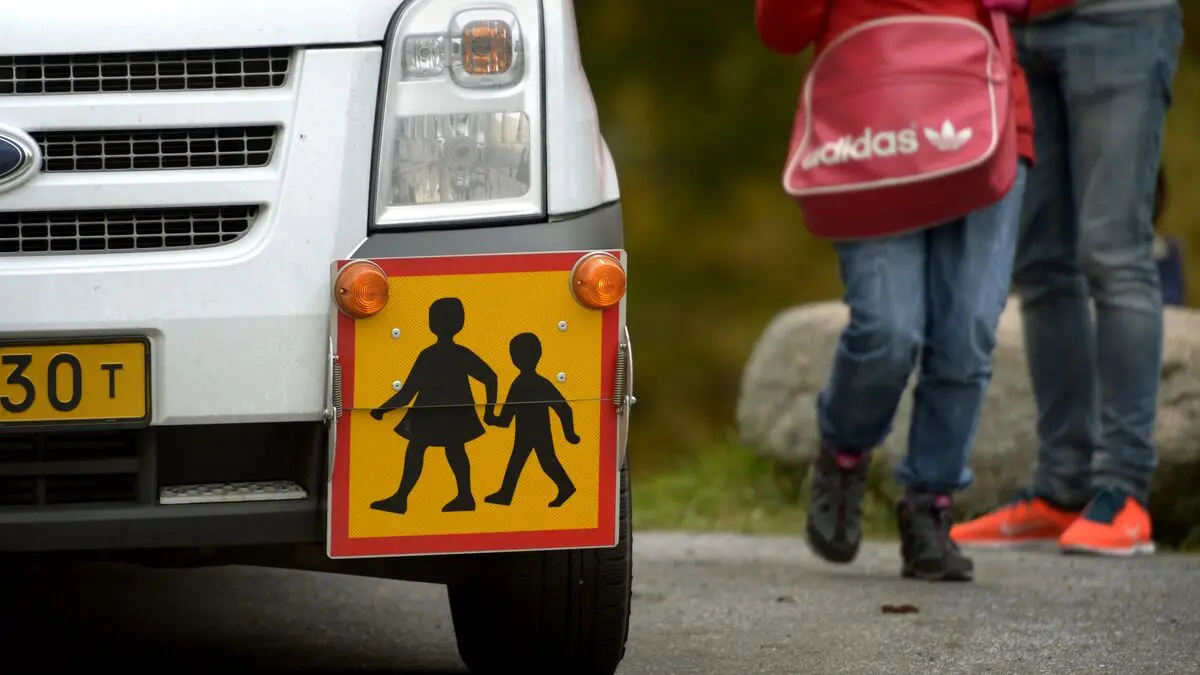Above all, it is marine species that have been affected – seals, sea elephants, sea lions, penguins, pelicans, and terns. Many of these live in large colonies where the infection is easily transmitted from individual to individual. But other species have also died from the virus: foxes, eagles, pumas, condors, and more. So far, individuals from over 500 bird species and over 50 mammal species have died in the outbreak.
Previously, H5N1 was a pathogen that mainly affected poultry, but something changed in 2020 when a variant of the virus emerged that is exceptionally contagious and jumps easily from birds of all species to different mammals, spreading death across large parts of the world.
Millions dead
The number of victims is enormous at this point. From Asia and Europe, the virus spread via migratory birds to the Western Hemisphere, where waterfowl and birds of prey began dying in large numbers at the end of 2021. Then, South America was invaded with catastrophic results. Around 30,000 sea lions and 17,000 sea elephants died along the coasts in 2023. This year, the area around Antarctica has been affected – on the Falkland Islands, 10,000 black-browed albatrosses have died, and the colonies of rockhopper penguins have been severely ravaged.
How many wild birds and mammals have died so far is unknown, but experts believe it is in the tens of millions. Only Australia has managed to avoid the infection so far. For many species, the danger is palpable – it will take many years for them to recover.
Spreads from domestic birds
The most tragic thing is that it is we humans who have caused the catastrophe. It is clear that the new dangerous variant of H5N1 emerged in one of our poultry farms, and then jumped to wild birds when they came into contact with domestic birds.
The emergence of the highly pathogenic influenza is a direct result of commercial, large-scale poultry farming, says Vincent Munster at the National Institute of Allergy and Infectious Diseases in the USA.
Since 2021, over 200 million domestic birds have had to be put down worldwide. And in the background, there is the fear that the virus will start spreading among humans on a large scale. Only a few cases have been confirmed so far, and there is no evidence yet that it can jump from human to human, but the fear is there because H5N1 is an extremely dangerous virus with a mortality rate of around 50 percent.
Avian influenza, H5N1, is believed to have originated around 1996, among domestic geese and ducks in the province of Guangdong in southern China. It spread to wild waterfowl and a few other bird species, but the mortality rate among birds was not particularly high. The current crisis began in 2020 when a mutated, highly pathogenic form of the virus emerged in Eurasia and has since spread to all continents except Australia. The new form seems to have just as easy a time infecting mammals as birds.
Since 2003, 948 cases of H5N1 have been confirmed among humans, of which 464 (48.9 percent) led to death. The majority of cases have been in China and Southeast Asia.
Source: Mongabay





